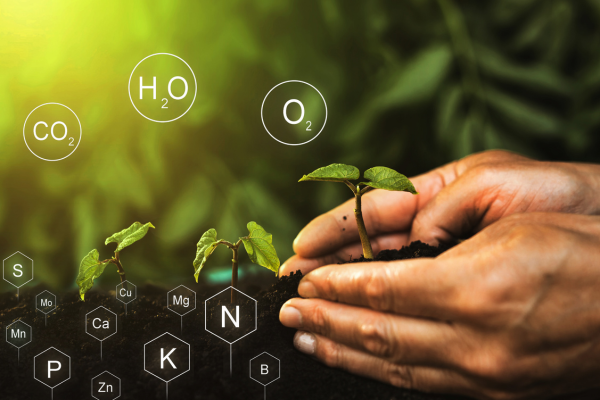Collaboration
COMMUNICATION: Weekly activities are organized in each partner class, so students can communicate with their teachers and address the problems they have encountered In monthly virtual meetings (transnational) – students in their transnational teams present their work and accept feedback. Feedback is provided via comments on their work on the discussion boards on the TwinSpace, via small surveys or by using Voicethread. Voicethread allows each piece of work to quickly presented , using images and voice. Partners can comment, ask questions, and create collaborative, interactive lessons that can be transferred to any school. Those students who feel confident enough can become teachers for other students or teachers. They can use their work to showcase or teach a particular STEM topic via a small presentation or interactive Q&A session. In time, even the shyest should be confident enough to do so. These small workshops held by students can take place during videoconferences too and students from both participating countries can jointly present the workshop on a particular topic.For example one can do the presentations while the other can design an evaluation game. These lessons can then be translated into their native language and used with other students in the schools or with parents . -TwinSpace Tools: Smilebox, Voicethread, docs google. Chats and forums on the TwinSpace COLLABORATION: A Padlet is created with three sections: senses and steam, nature and steam, and senses and nature. Transnational teams will be selected using wheeldecide. They will identify similarities and differences between STEAM and nature and the relationship between STEAM and real life, which will give their learning experience meaning and ground it in reality. In transnational teams, they will co-create artefacts, designing something that would exemplify a STEM concept you would find in nature. They will add explanations, a small demonstration. Anexample could be using red cabbage juice as PH indicator. What other substances you have in your kitchen can be used for the same purpose? The answers could vary from beet juice to rose or geranium petals, turmeric. The 1st semester will be dedicated to the 5 senses and nature The 2nd semester will be dedicated to nature and STEM. They will experiment, hypothesise, draw conclusions and present their creations to the other teams/visitors/parents. They will work on Online whiteboard and collaboration platforms such as Miro (former Realtimeboard) or Popplet/Prezi and brainstorm ideas during chats on the TwinSpace or using meetingwords if they can’t all be online at the same time. They will organise online meetings or events to present what they created. They can work together to create etwinning STEAM corners in their class/school to showcase the results of their collaboration in transnational teams (songs, poems, a programme, a play, an app, a game, a boardgame, a Minecraft map, paintings in an online virtual museum – such as Artsteps, a Scratch game and so on. They can also present using acting and actions - creating Frozen picture tableaux, playback theatre,. They can organise science fairs or booths for parents, visitors, local community, which offer experiments with instruction manuals and real life applications, use QR codes, posters, take part in Q&A sessions. Together with the teachers they can take part in events on the TwinSpace where they can present their artefacts or their collaborative work. Tools : Padlet, ArtSteps, Scratch, Miro, Wheeldecide, Popplet, Prezi, Meetingwords


